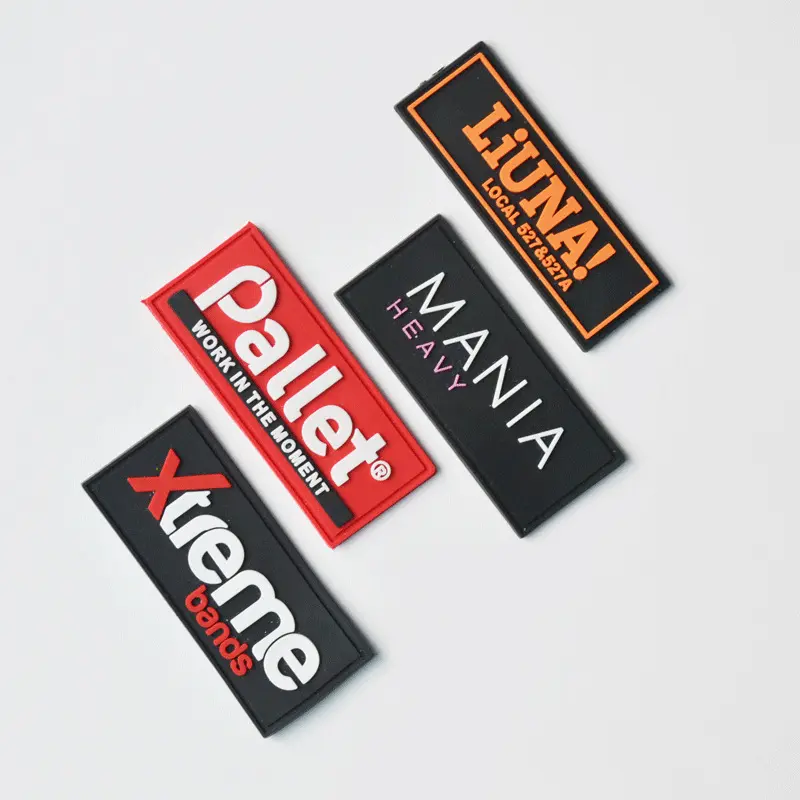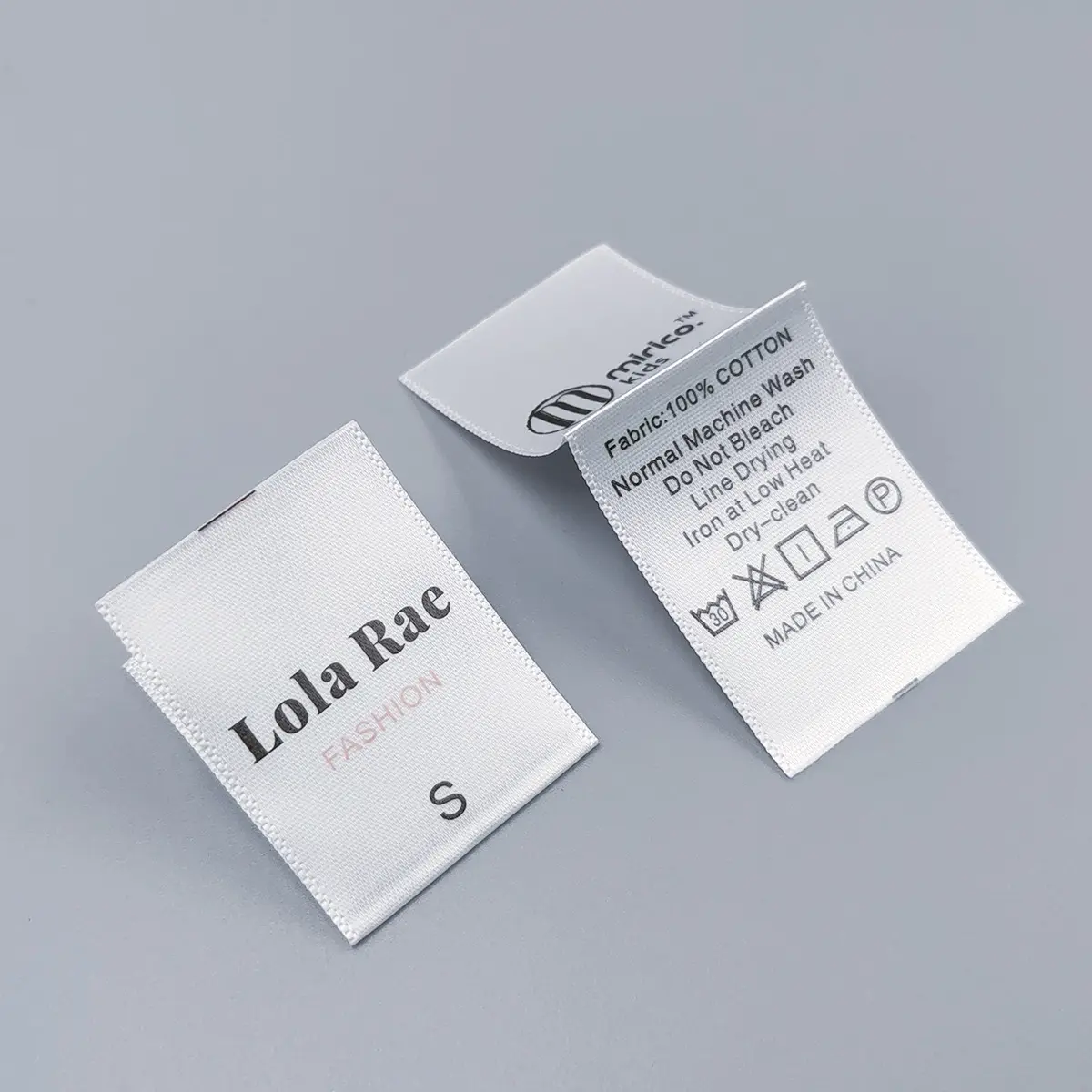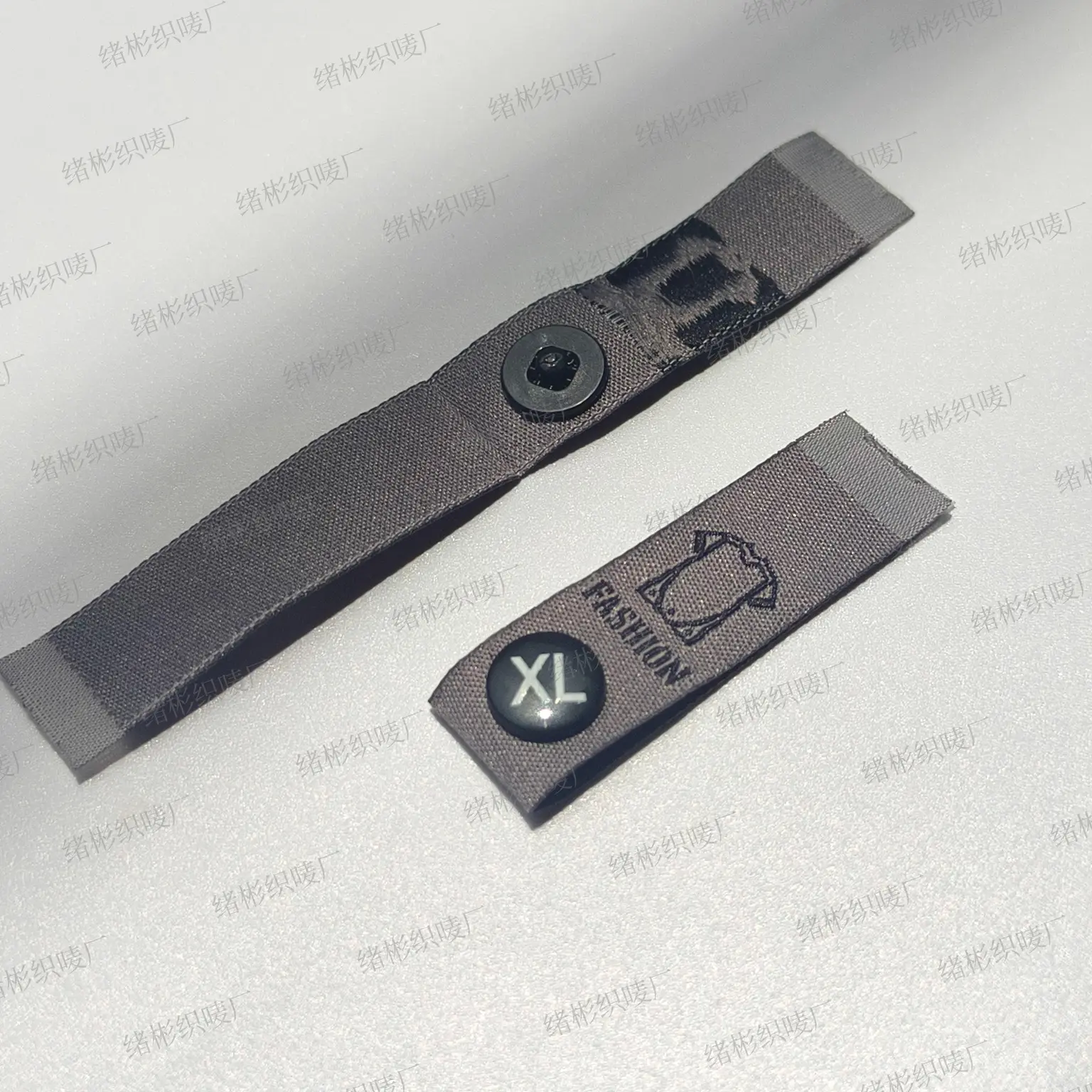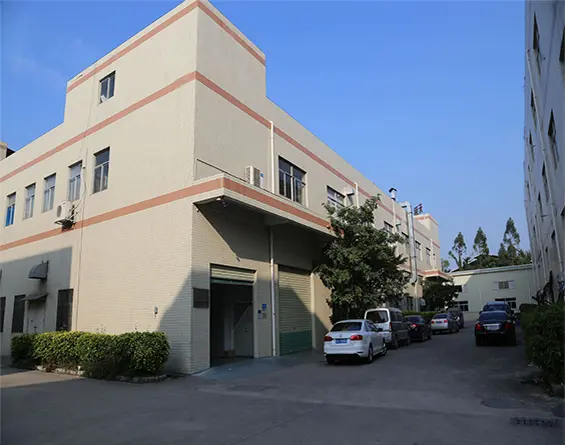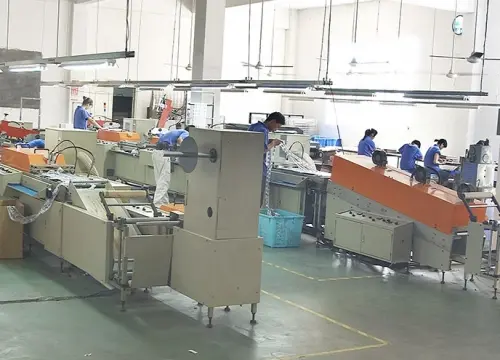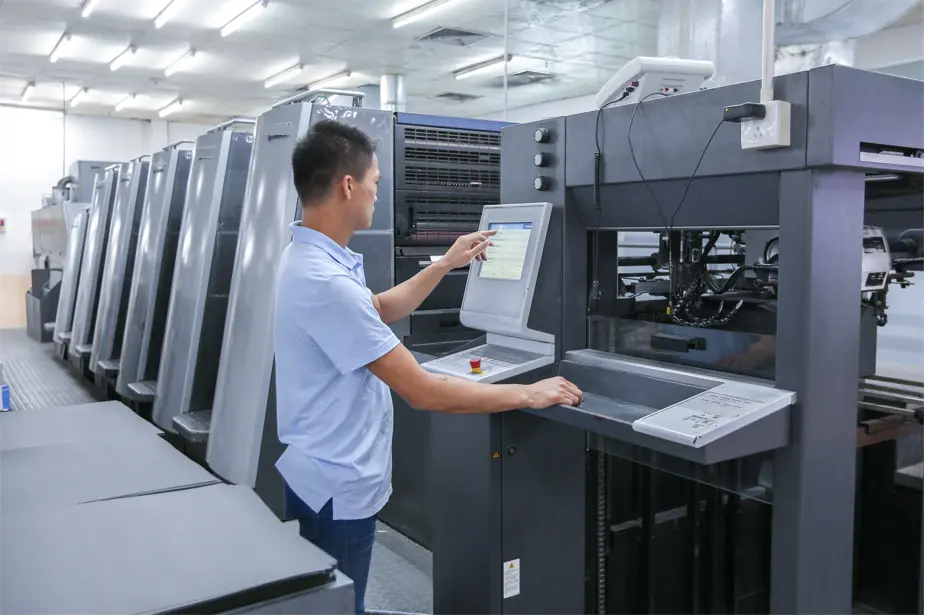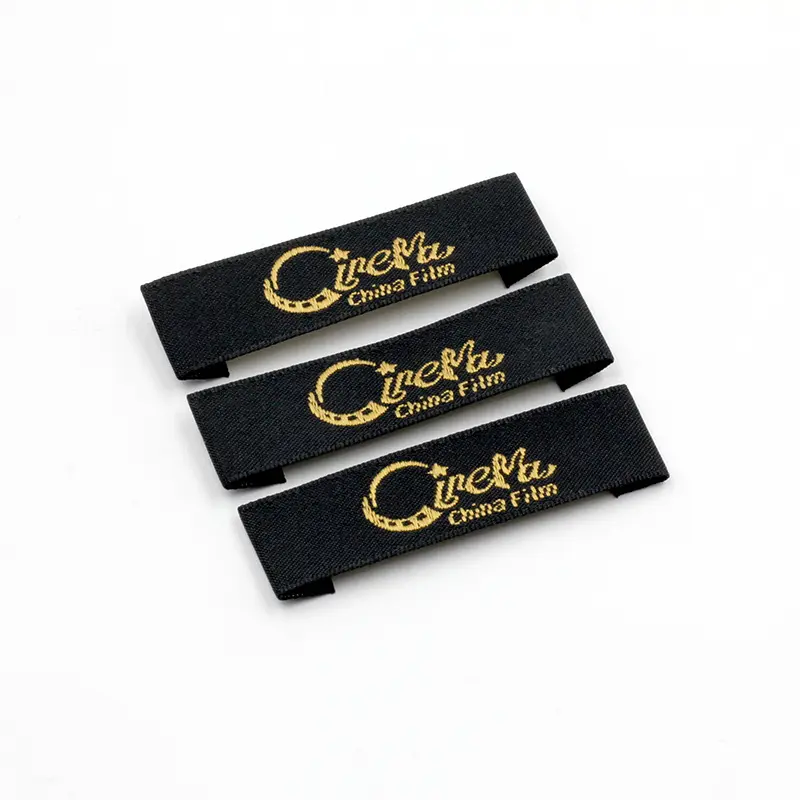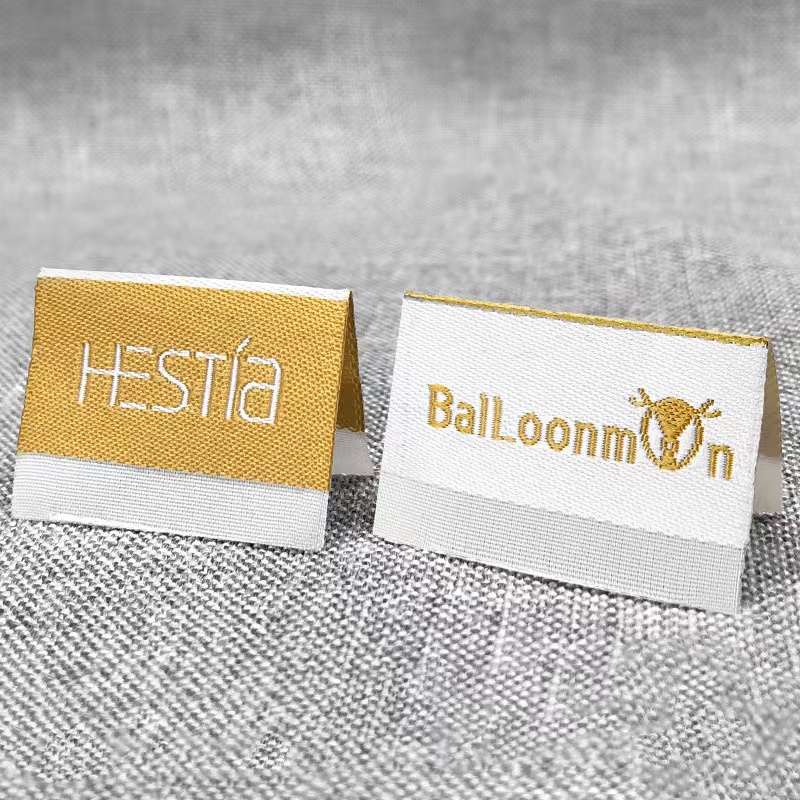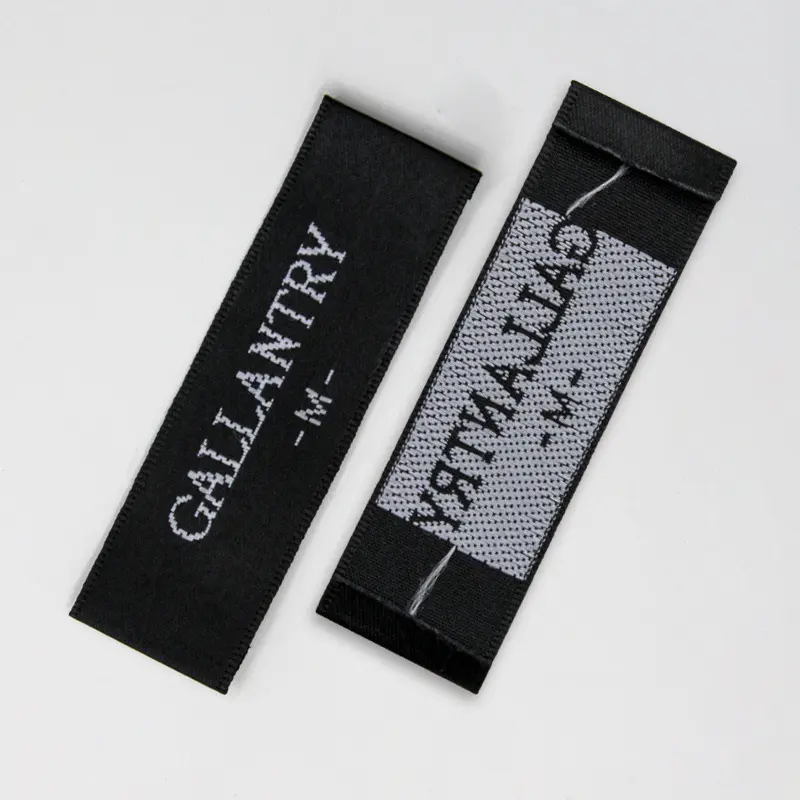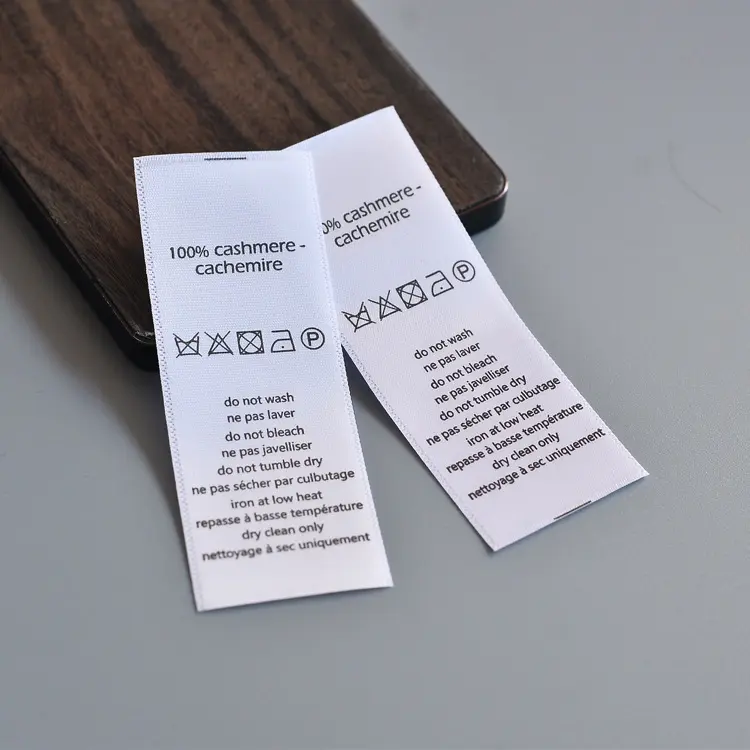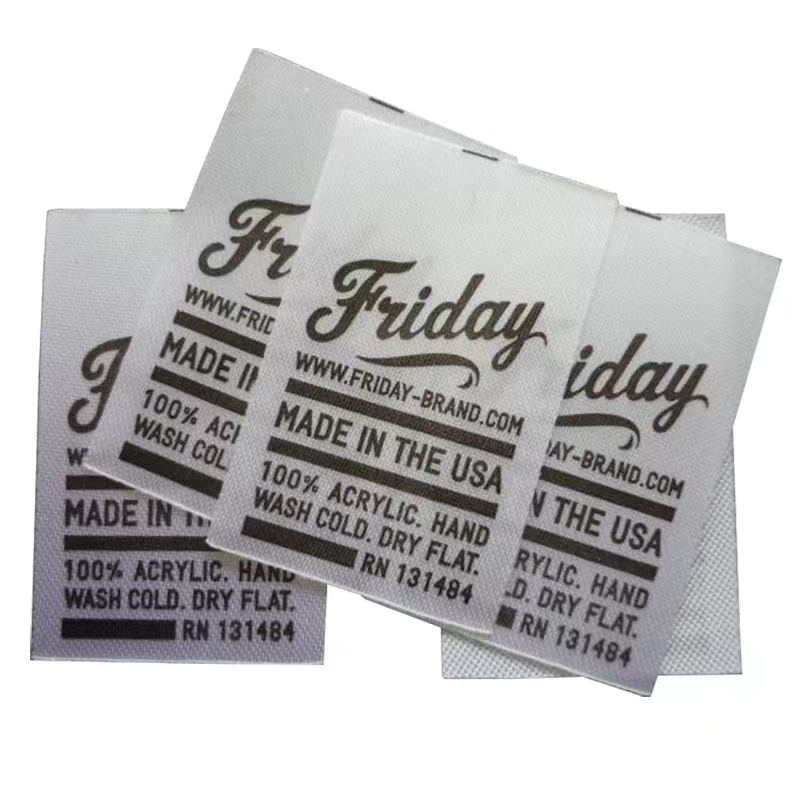Custom Screen Printing Labels
Custom Screen Printing Labels
Screen printing labels belong to the category of stencil printing, which, along with lithography, letterpress, and gravure printing, is one of the four major printing methods. It involves stretching silk, synthetic fiber fabric, or metal mesh onto a frame, and creating a stencil using either hand-cut lacquer film or photochemical plate-making techniques. Modern screen printing technology utilizes photosensitive materials to create a screen-printing stencil, where the image areas remain open while the non-image areas are blocked. During printing, ink is transferred through the mesh openings in the image area onto the substrate using a squeegee, forming an image identical to the original design. Screen printing is often praised as a printing method that can be applied to almost anything except air and water, earning the name "universal printing method."
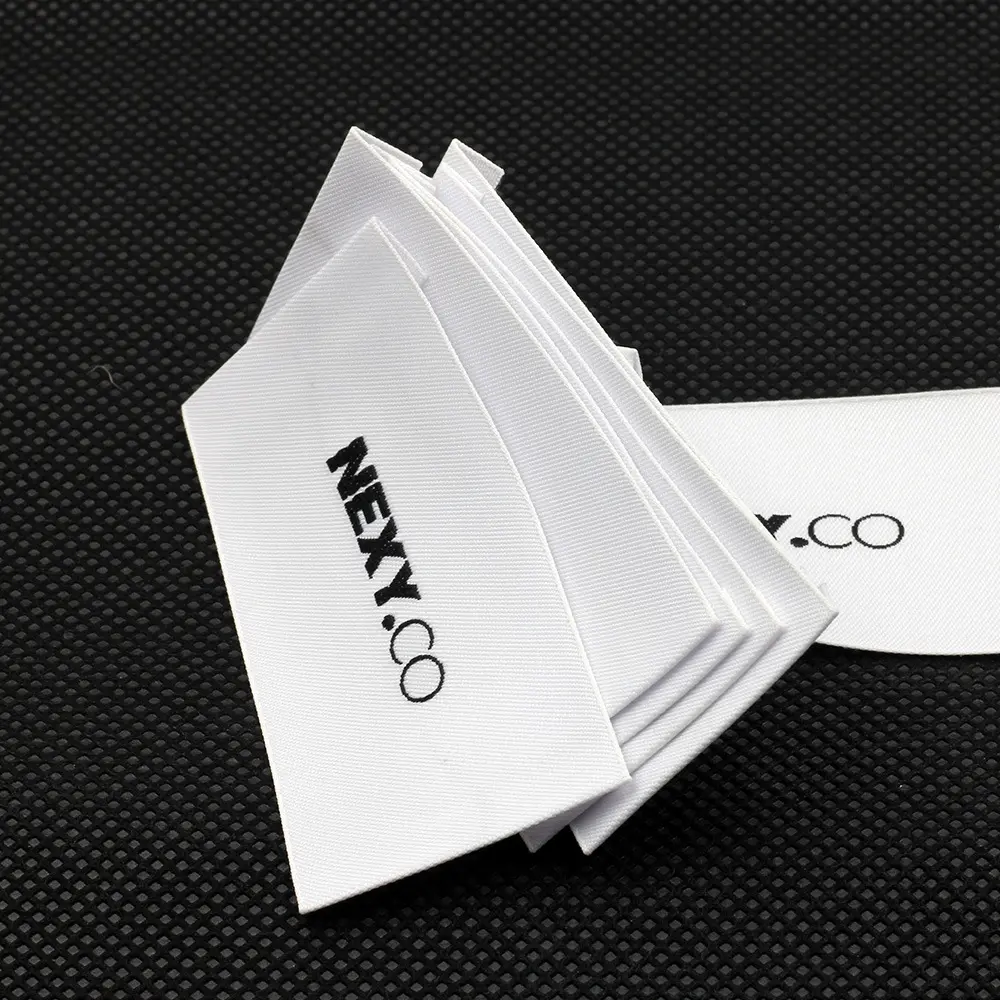
Advantages:
1. Strong Printing Adaptability
Unlike lithography, letterpress, and gravure printing, which generally work only on flat surfaces, screen printing can be applied to flat, curved, spherical, and textured surfaces.
2. Thick Ink Layer with Strong Texture and Depth
- The ink layer thickness in offset and letterpress printing is typically around 5 microns.
- Gravure printing ink thickness is about 12 microns.
- Flexographic printing has an ink layer of about 10 microns.
- In contrast, screen printing achieves ink thicknesses of up to 30 microns, producing a rich texture and strong three-dimensional effect that other printing methods cannot match.
- Additionally, screen printing supports both single-color and multi-color overlay printing.
3. Flexible and Soft Printing Surface
- The screen-printing plate is soft and flexible, making it suitable for printing on both soft materials like paper and fabric, as well as hard materials like glass and ceramics.
4. Versatile Ink Compatibility
- Screen printing can utilize various types of inks, including oil-based, water-based, synthetic resin emulsion, powder-based, and other specialized inks.
5. Low Printing Pressure
- Since screen printing requires relatively low pressure, it is ideal for printing on fragile objects.























